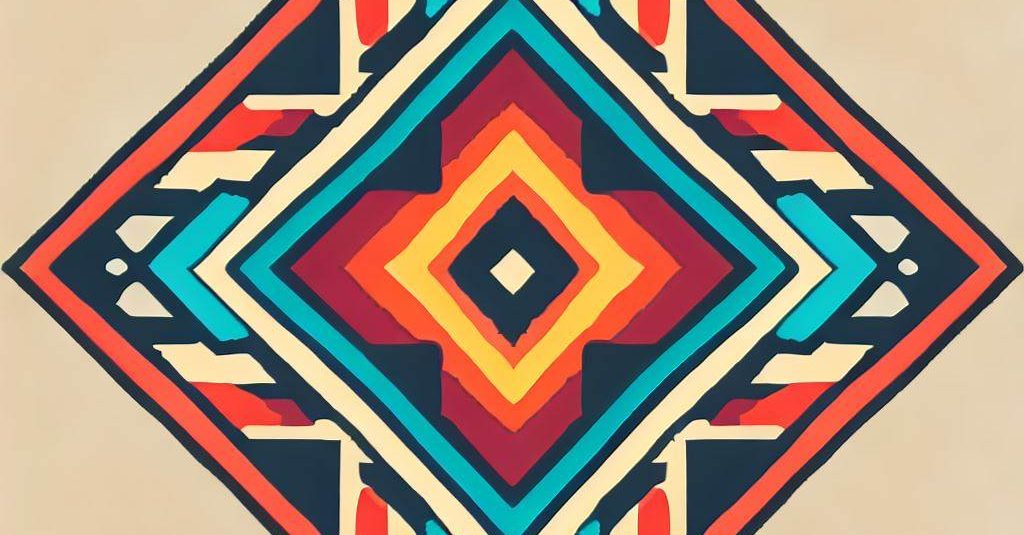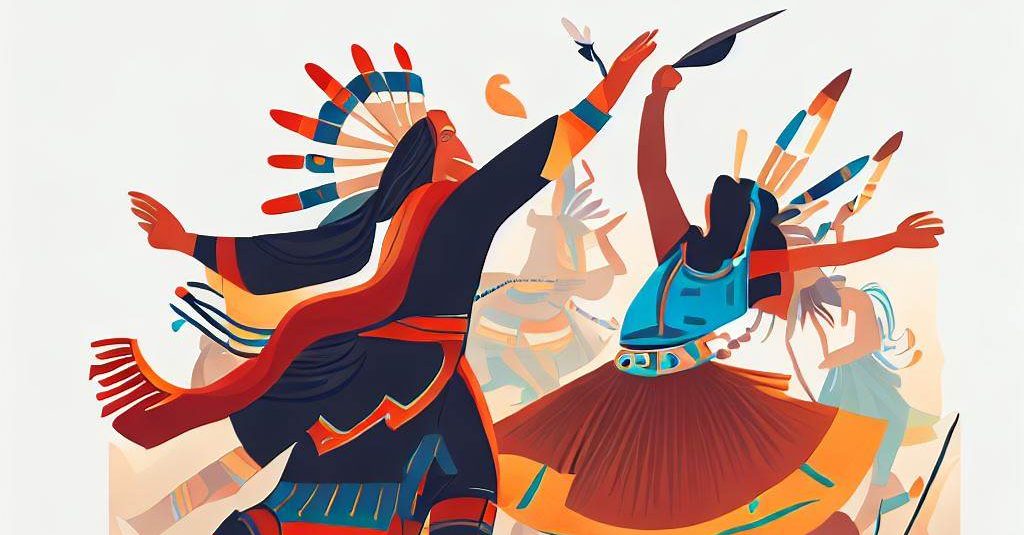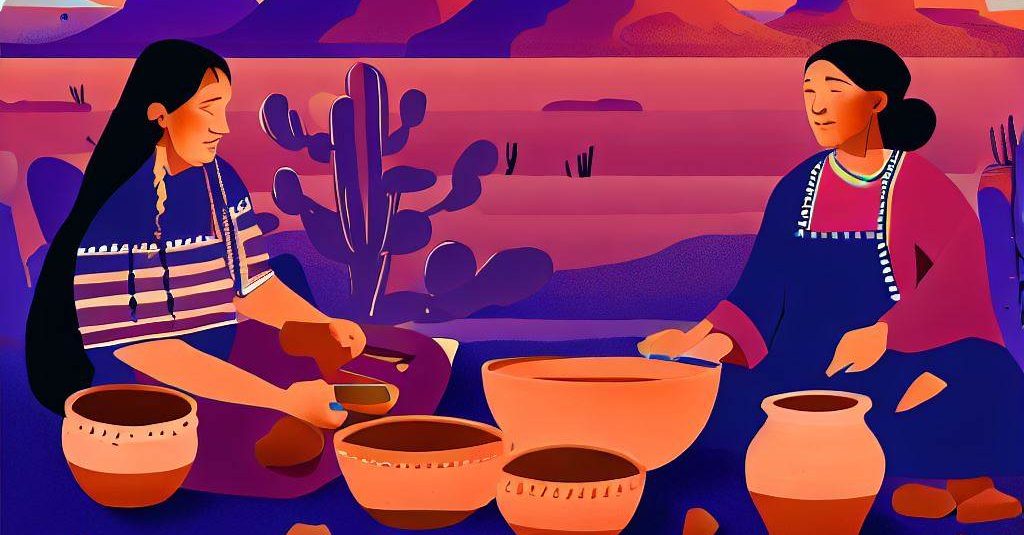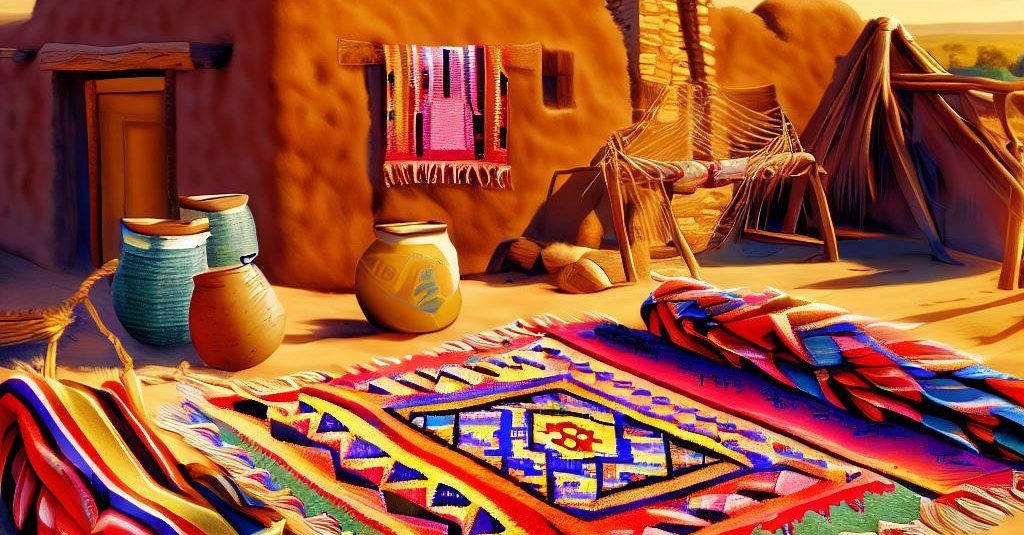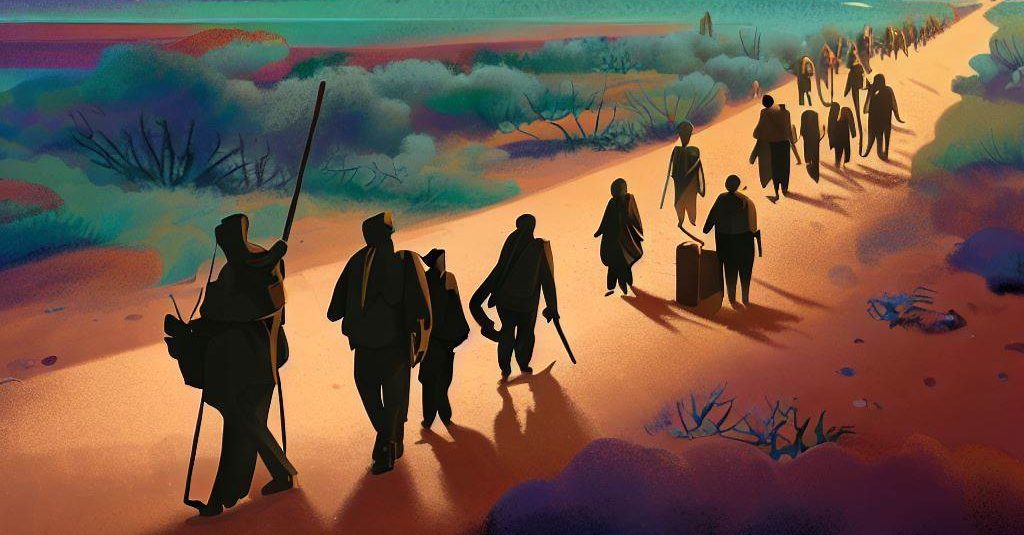Navajo Sandpainting
Navajo sandpainting is a sacred and intricate art form that holds deep spiritual significance within the Navajo culture. This ancient practice, also known as “iikááh,” or “place where the gods come and go,” involves the creation of elaborate designs using naturally colored sand, charcoal, and ground minerals. Navajo sandpaintings are not only visually stunning, but they also serve as an essential component of Navajo religious ceremonies and healing rituals. This article will explore the history, techniques, and cultural importance of Navajo sandpainting while highlighting the interactions with other tribes and peoples that have contributed to the evolution of this unique art form.
Navajo Sandpainting Read More »

